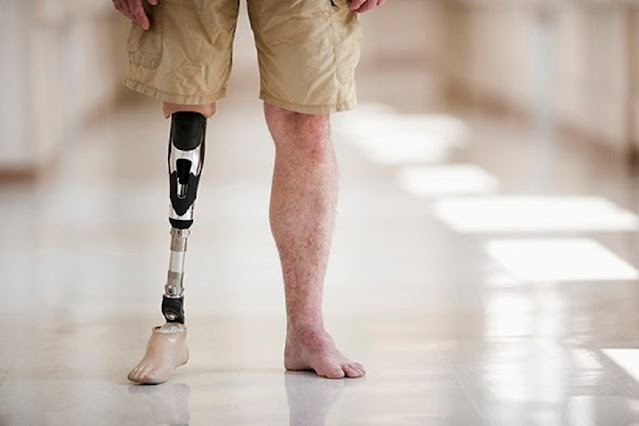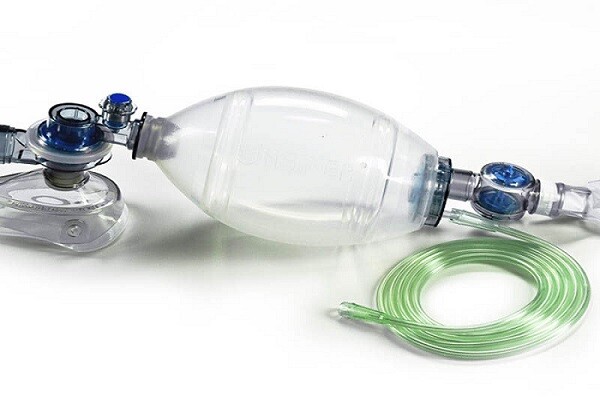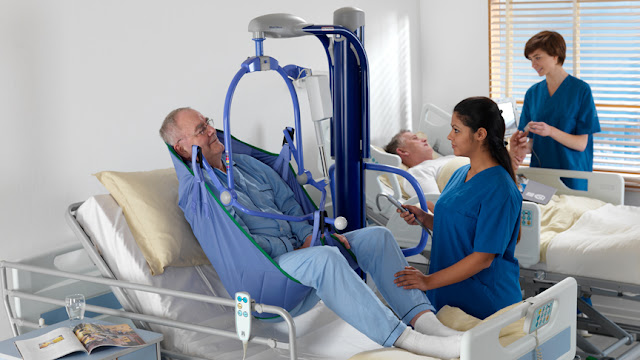Orthopedic Prosthetics: Enabling Mobility for Amputees
 |
| Orthopedic Prosthetics |
Introduction
An orthopedic prosthetic refers to an artificial device that is used to replace
a missing limb or other body part. With advances in technology and materials,
modern prosthetics are becoming highly sophisticated and enabling greater
mobility and functionality for individuals who have undergone amputation. In
this article, we explore the types of orthopedic prosthetics available, the
materials and components used in their construction, and discuss how
prosthetics are revolutionizing the lives of amputees.
Upper Limb Prosthetics
Orthopedic
Prosthetics for the upper limbs, such as the arm and hand, come in
different varieties based on the level of amputation and functional needs of
the individual. For partial hand amputations, prosthetics can often replicate
finger movements to enable grasping and pinching abilities. For more extensive
hand or arm amputations, myoelectric prostheses have become popular. These
prosthetics use electromyography sensors to read muscle signals near the
residual limb, allowing intuitive control of an artificial hand or wrist motion
through muscle contraction. State-of-the-art myoelectric arms can have multiple
lightweight joints and individual finger motions controlled separately by the
user. For those with upper arm or shoulder disarticulations, modular
prosthetics can be worn that combine a terminal device like a hook with a sleek
carbon fiber shroud. Overall, the goal of upper limb prosthetics is to restore
as much of the dexterous functions of the natural limb as possible.
Lower Limb Prosthetics
For lower limb prosthetics, the main categories are for those requiring a
prosthetic leg below or above the knee. For below-knee amputations, a socket is
custom formed to the residual limb along with a shank and foot assembly. Feet
may be purely cosmetic or dynamic versions utilizing springs or microprocessors
that replicate ankle motion and toe flexion during normal gait. For above-knee
amputees, prosthetic knees with hydraulics or microprocessor controls provide
critical stability, swing phase bending and stance phase locking during
ambulation. Some advanced knee joints even sense changes in ambulation speed
and terrain to automatically adjust accordingly. Transfemoral prosthetics may
also include customized hip joints and harnesses for extra support and
suspension. The goal with lower limb prosthetics is to restore natural, energy
efficient walking that is potentially indistinguishable from normal gait.
Biomaterials in Prosthetics
Modern prosthetic technology relies heavily on innovative biomaterials in the
sockets and structural components that are lightweight, durable and interface
well with sensitive residual tissue. Carbon fiber is a commonly used
biomaterial that is very strong yet half the density of steel. It enables the
construction of extremely light, yet rigid and impact-resistant prosthetic
joints and sockets. Thermoplastic elastomers and silicone are flexible
biomaterials often used to line prosthetic sockets, cushioning pressure points
and creating a comfortable, close-fitting seal between residual limb and
device. Titanium alloys are another key biomaterial that has ideal
strength-to-weight properties for structural components like knees and pylons.
Continued biomaterial advancements will make prosthetics even lighter, more
natural feeling and longer lasting.
Prosthetics in Sports and Advocacy
Not only do prosthetics restore basic mobility and functionality, but they also
allow amputees to participate in active lifestyles and competitive sports. The
Paralympic games showcase athletes who have triumphed over adversity through
advanced assistive devices and sheer determination. In recent years, there has
been an explosion of amputee advocates in the mainstream media as well
promoting inclusion and accessibility. Figures like Olympic sprinter Blake
Leeper and climber Kenton Cool demonstrate that prosthetics have reached a
level of performance allowing record-setting feats. Wounded veterans and injury
charities also raise awareness of the progress being made through targeted
prosthetics research and generous donations from the public. Overall, a new era
of empowerment and possibility has dawned for those living with limb loss.
Cutting Edge Developments
On the research frontier, exciting new directions in prosthetics aim to take
functionality even closer to normal. Pattern recognition interfaces using
implanted sensors or noninvasive electrodes allow users to control multi-degree
artificial hands or even entire prosthetic arms just by thinking. 3D printing
and additive manufacturing technologies enable the desktop creation of custom
sockets, joints or components tailored precisely to unique anatomical needs.
Exoskeletons and autonomous prosthetics may someday restore amputees’ missing
limbs through powered assistance rather than mere substitution. Biomimetic
designs attempt to reproduce not just form but natural reflexive control and
energetics as well. Transformative possibilities also include targeted tissue
regeneration, peripheral nerve interfaces and even direct brain-machine
pathways for prosthetic control. The future promises ever closer approximations
to lost abilities through the combined power of biomimicry, materials science
and interfacing innovation.
Whether providing basic mobility through an artificial leg or allowing
competitive sports participation through state-of-the-art prosthetic arms,
modern orthopedic devices have profoundly changed lives and rewritten what is
possible after limb loss. Continuous technological and design breakthroughs,
coupled with increased advocacy raising both funding and awareness, guarantee
that assistive possibilities will only continue to advance. With the aid of
today’s cutting-edge prosthetics research as well as empowering future
developments on the not-so-distant horizon, individuals with limb differences
can look forward to restored independence, functionality and, most of all,
hope. Though challenges undoubtedly remain, each new stride in this field moves
us closer to a world offering full and equitable participation for people of
all abilities.
Get
more insights on this topic: Orthopedic
Prosthetics



Comments
Post a Comment